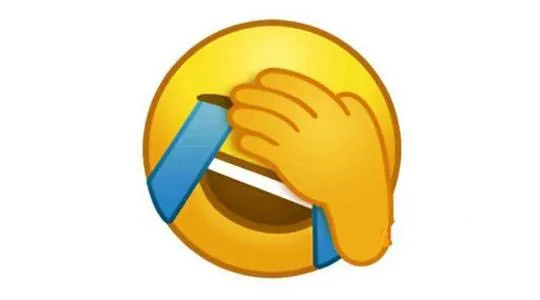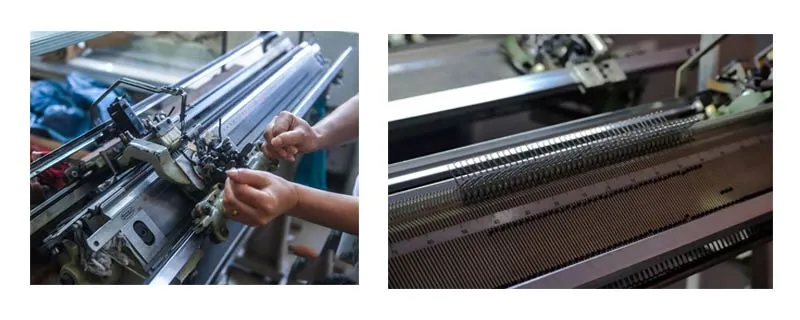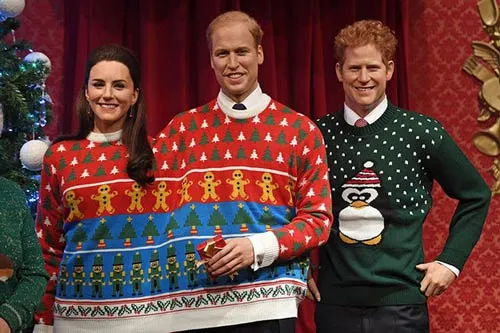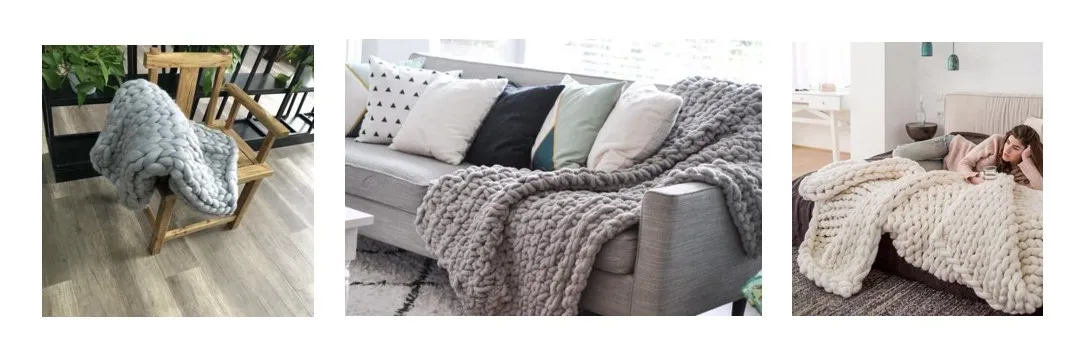FAQ Guide: 1. History | 2. Time | 3. Materials | 4. Patterns | 5. Gauges | 6. Matching | 7. Sizes | 8. Accessories | 9. Attachments | 10. Folding | 11. Exporting | 12. Process | 13. Free Samplers | 14. Payment | 15. Volume | 16. HS Code | 17. Taxes | 18. Batteries | 19. Shipping | 20. Costs | 21. Rates | 22. Couriers | 23. Incoterms | 24. Tracking | 25. Paperwork | 26. Insurance | 27. Customs | 28. Trust
When talking about Personalized Ugly Christmas Sweater, we can always hear: "I wanna this Christmas Sweater design thicker", "Oh, no... its too thick, I wanna my Ugly Christmas Sweater thinner", "Oh, no... I wanna it very very very thin", etc..... While the technician guys are getting more and more confused, he may ask:” What’s the GAUGE you want for your Ugly Christmas Sweater exactly?"
Well, firstly, we need understand some basic knowledge of Gauge [always abbreviated as "gg"].
The Gauge often mentioned on Christmas Sweaters, which represents the number of threads that to be knitted in one inch of the knitting machine. For example: 5gg stand for 5 threads to be knitted in one inch, 12gg stand for 12 threads to be knitted in one inch.
This way, the larger the number of gg, the more threads have to be knitted within one inch, which means the material must be thin enough to fit the knitting machine, then we can easily understand which produces thinner Christmas Sweaters. Vice versa, the smaller the number of gg, the less threads per inch, which means we must use thicker yarn to fit the knitting machine, and which will produce thicker sweater.
Easy to understand, right?
The commonly used gauges are 3gg, 5gg, 7gg, 9gg, 12gg and 14gg.
The gauge of 9GG and below is called thick gauge, and the gauge 12GG and above is called fine gauge.
We do have 1.5gg, 16gg, 18gg but thats extreme thick & fine gauges, rarely been used.
Mostly used gauges for Christmas Sweaters are: 12gg, 9gg.
The above mentioned is the standard gauge type. Since 2002, the computer knitting machine has entered the market, resulting in a non-standard gauge. Take Stoll [www.stoll.com] knitting machine as an example,
3.5.2gg --- represents one knitting machine covers range 3gg to 7gg,
7.2g --- represents one knitting machine covers range 7gg to 14gg.
The greatest advantage of computer knitting machine is to use one machine to produce different gauges, which is more flexible. But we can still send instructions of standard gauges, the knitters knows how to adjust the computer knitting machines to match
So, how can I match the gauge to a real physical Christmas Sweater after knowing the most used gauges are 12gg, 9gg?
Let’s take Prince William’s Family Christmas Sweater as an example:
Which are standard 12gg. Hope this helps!
Let's try more:
Go here to review more designs for practice! [cozyknitsweater.com]
The effect of 16gg is similar to T-shirt, which is very light and thin, so few customers do it. Not to mention 18gg.
Keep in mind the outlook and effect of 12gg, 9gg. When we see a Christmas sweater sample which is thinner than 12gg, we know its probably 14gg. From a practical point of view, we haven't seen any customers making Christmas sweaters with 16gg since its as thin as a T-shirt.
When we see a Christmas sweater sample which is little bit thicker than 9gg, we know its probably 7gg;
When we see a Christmas sweater sample which is little bit thicker than 7gg, we know its probably 5gg;
When we see a Christmas sweater sample which is little bit thicker than 5gg, we know its probably 3gg.
When we see below, believe most of us seen it on Amazon, Youtube etc. Its call Chunky knit blanket, what type of gauge is it?
Well, its not knitted on machines, which is over the limit of machines. Its made by hand knitting.
In theory, you can knit as thick as you want by hand. As thick as an elephant leg? No problem! :) :)
More Information for reference: Knitting cost of different gauges.
Please be reminded it's only a rough cost of knitting cost based on simple knitting patterns. Exclude material, labels, packing, etc.
1.5gg, knitting cost about USD10/pc;
3gg / 5gg / 7gg / 9gg, knitting cost about USD5/pc;
12gg,the most common and the most popular needle type on the market. The knitting price fluctuates greatly according to the empty /peak seasons, and the price ranges from USD3.5~USD4.5/pc;
14gg, knitting cost about USD7/pc;
16gg, knitting cost about USD11/pc;
18gg, forget it, it's too expensive, replace by a T-shirt is a good choice;
Hand Knitting, is very expensive, due to the high and keep on increasing cost of labor. Which is calculated by how many pieces can be knitted per day. The reference idea is about USD35/day.
For more information, please feel free to reach us mitony@ns-sz.com. Or visit cozyknitsweater.com!
FAQ Guide: 1. History | 2. Time | 3. Materials | 4. Patterns | 5. Gauges | 6. Matching | 7. Sizes | 8. Accessories | 9. Attachments | 10. Folding | 11. Exporting | 12. Process | 13. Free Samplers | 14. Payment | 15. Volume | 16. HS Code | 17. Taxes | 18. Batteries | 19. Shipping | 20. Costs | 21. Rates | 22. Couriers | 23. Incoterms | 24. Tracking | 25. Paperwork | 26. Insurance | 27. Customs | 28. Trust
popular search terms:



